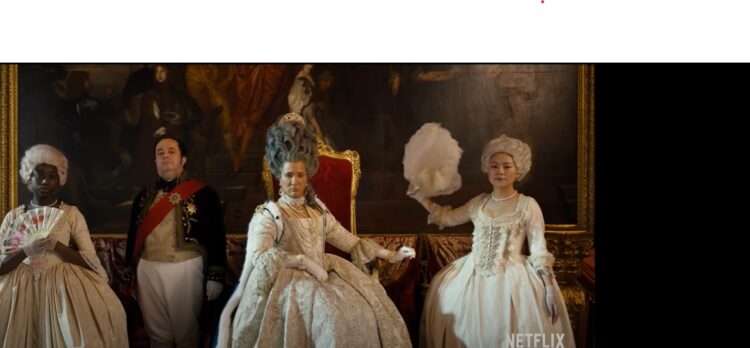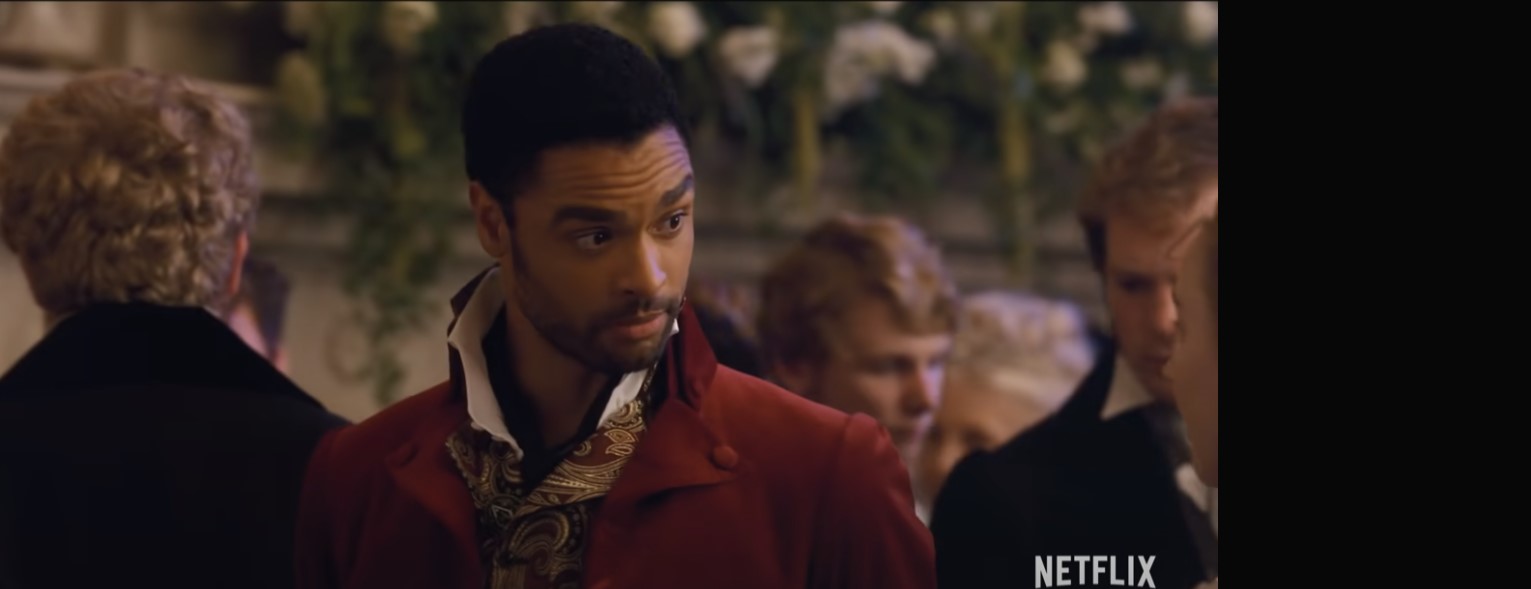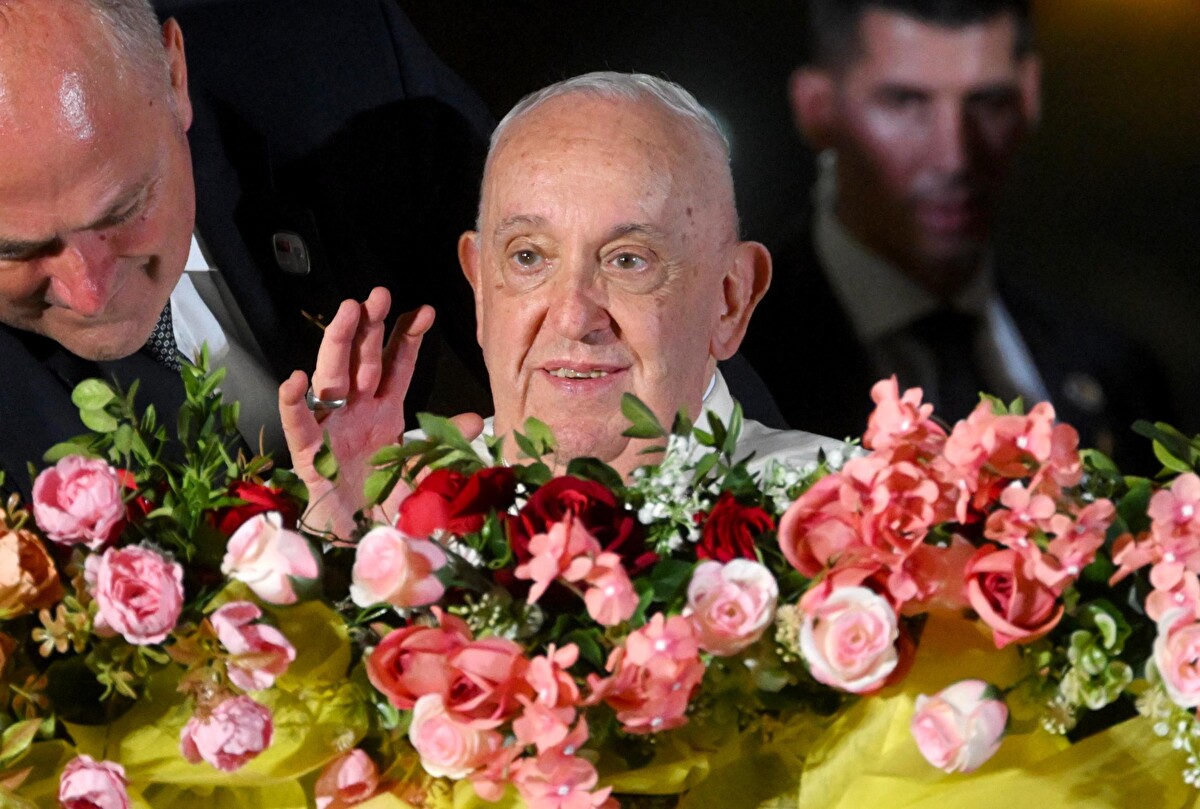Blonde, is a new biopic about Marilyn Monroe, and this Marilyn has a Cuban accent. The movie, based on a novel by Joyce Carol Oates, covers Monroe’s rise to fame. It is directed by Andrew Dominik and will be released by Netflix on 28 September.
When the trailer for the film was released in late July, some watchers said they could hear hints of de Armas’s Spanish accent in her portrayal of Monroe’s famous breathy voice. De Armas was born in Cuba and acted in Spain before moving to Hollywood.
An official trailer for the film premiered online July 28 and left many viewers “outraged” over de Armas’ casting because her accent did not entirely match Monroe’s iconic tone. The film is not authorized by Monroe’s estate, but the group stands by de Armas’ casting nonetheless, as reported by Variety.
In an interview with Netflix Queue, de Armas said she “read Joyce’s novel, studied hundreds of photographs, videos, audio recordings, films – anything I could get my hands on. Every scene is inspired by an existing photograph. We’d pore over every detail in the photo and debate what was happening in it.”

Real-life scenes from the Blonde trailer include the premiere of Gentlemen Prefer Blondes, the filming of the subway grate scene in The Seven Year Itch, and Monroe serenading JFK on his birthday. In addition to her hours of study to transform into Marilyn, she was also presumably the hair and make-up trailer for hours on end every day while filming.
Blonde is described as being “not a traditional biopic but instead an adaptation of a book whose own author calls it a work of fiction”. Despite this disclaimer, there is no doubt that it is about Marilyn Monroe. The question then arises as to how far political correctness can go when re-imagining living or historical figures.
Lin- Manuel Miranda’s “Hamilton” comes immediately to mind in this regard. The Founding Fathers were not Black, they were white, yet despite the overtly racial miscasting, the Broadway play was embraced and became a box office sensation. George Washington, Alexander Hamilton, Aaron Burr, these were not fictional characters. They were people with an identity that was shaped by their birth, race and the circumstances that were specific to each. To change these facts about them is to deny them their identity and to traduce history as well.
“We’re telling the story of old, dead white men but we’re using actors of color,” Miranda told the Hollywood Reporter in 2015. “And that makes the story more immediate and more accessible to a contemporary audience.” In another interview with The Atlantic, Miranda added: “This is a story about America then, told by America now.” The logic of this rationalization escapes me, as history is not reversible and time epochs are not interchangeable. Indeed, each historic event is a compendium of factors that work synergistically to produce more events that ensue from them.
While Hollywood has always been guilty of racial misrepresentation, this was mostly by either erasing certain ethnic groups from representation or by stereotyping and falsifying the characteristics of entire groups. Think for example, of the almost near absence of black soldiers in narratives about the Civil War or of representing all Native Americans as savage and bloodthirsty.
 Yet here, in “Hamilton” we have cases where actual white historical individuals, people with names and biographies, are being played by Black actors and no one is screaming “cultural appropriation!” –this despite the fact that today blackface is a cultural taboo, as are any practices that hint at appropriation of another race or ethnic group. I wonder if it would be equally acceptable to portray Black historical individuals such as Frederick Douglass or Harriet Tubman—to give a few examples—by white actors?
Yet here, in “Hamilton” we have cases where actual white historical individuals, people with names and biographies, are being played by Black actors and no one is screaming “cultural appropriation!” –this despite the fact that today blackface is a cultural taboo, as are any practices that hint at appropriation of another race or ethnic group. I wonder if it would be equally acceptable to portray Black historical individuals such as Frederick Douglass or Harriet Tubman—to give a few examples—by white actors?
“Bridgerton”, another media sensation that follows the same trend of television political correctness and “wokeness”, is another case in point. An American historical-romance television series based on Julia Quinn‘s novels, it revolves around the eponymous Bridgerton family and is set in the competitive world of Regency era London’s society during the social season where marriageable youth of nobility and gentry are launched into society. With 625,49 million hours viewed, it became the most-watched English-language series on Netflix at the time of its premiere before breaking its own record when the second season was released.
 “Bridgerton” casts Queen Charlotte as a Black woman; as are also members of the aristocracy such as dukes and duchesses. This has been affirmed to be wildly historically inaccurate by scholars. In an interview with Insider magazine, American historian Marlene Koenig said “diversity as we know what the word means did not exist” in Britain during that period. Indeed, anyone familiar with British history would find the idea of a Black Duke of Hastings almost impossible to believe, as is also the thought that the doyenne and fixer of aristocratic society could be Lady Danbury, played by Adjoa Andoh. The audience however, has no qualms about changing history—as long as it’s in the service of political correctness gone berserk: wokeness.
“Bridgerton” casts Queen Charlotte as a Black woman; as are also members of the aristocracy such as dukes and duchesses. This has been affirmed to be wildly historically inaccurate by scholars. In an interview with Insider magazine, American historian Marlene Koenig said “diversity as we know what the word means did not exist” in Britain during that period. Indeed, anyone familiar with British history would find the idea of a Black Duke of Hastings almost impossible to believe, as is also the thought that the doyenne and fixer of aristocratic society could be Lady Danbury, played by Adjoa Andoh. The audience however, has no qualms about changing history—as long as it’s in the service of political correctness gone berserk: wokeness.

Ultimately, whether it concerns “Hamilton”, “Bridgerton” or the backlash and controversy over Ana de Armas’ accented Marilyn, the rationalization offered sounds familiar: “de Armas’s accent is irrelevant to the quality of the movie. Blonde is a fictional retelling of a true story and is not intended to be a biopic.”
Miranda too makes it clear from the start that Hamilton is not aiming at historical accuracy, but then, neither was Hollywood, whose very reason for being was to promote fantasy and dreams– rejecting or enhancing history in favor of fictions that stoked the viewer’s imagination. When challenged, Miranda, Dominik and Shonda Rhimes all make the same claim: “I’m not writing a history lesson.” But apparently the same justification does not extend to forgiving the miscasting that dominated Hollywood’s “Golden Age.”











